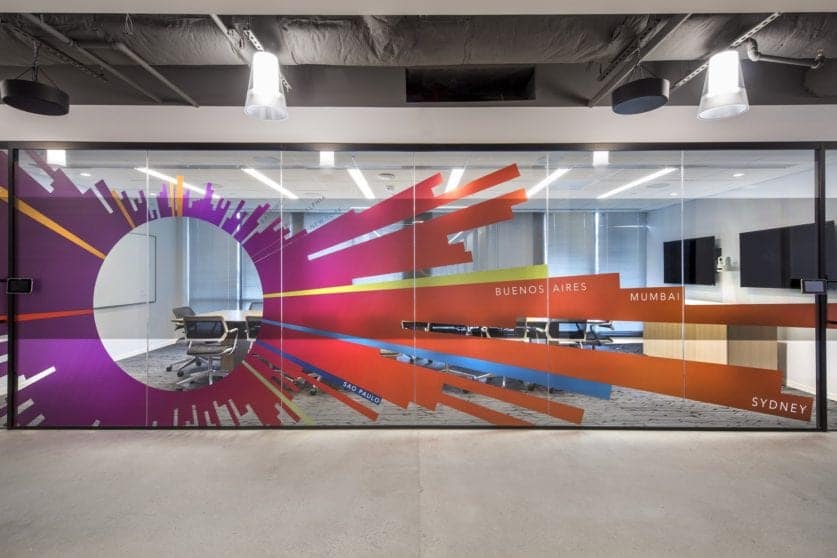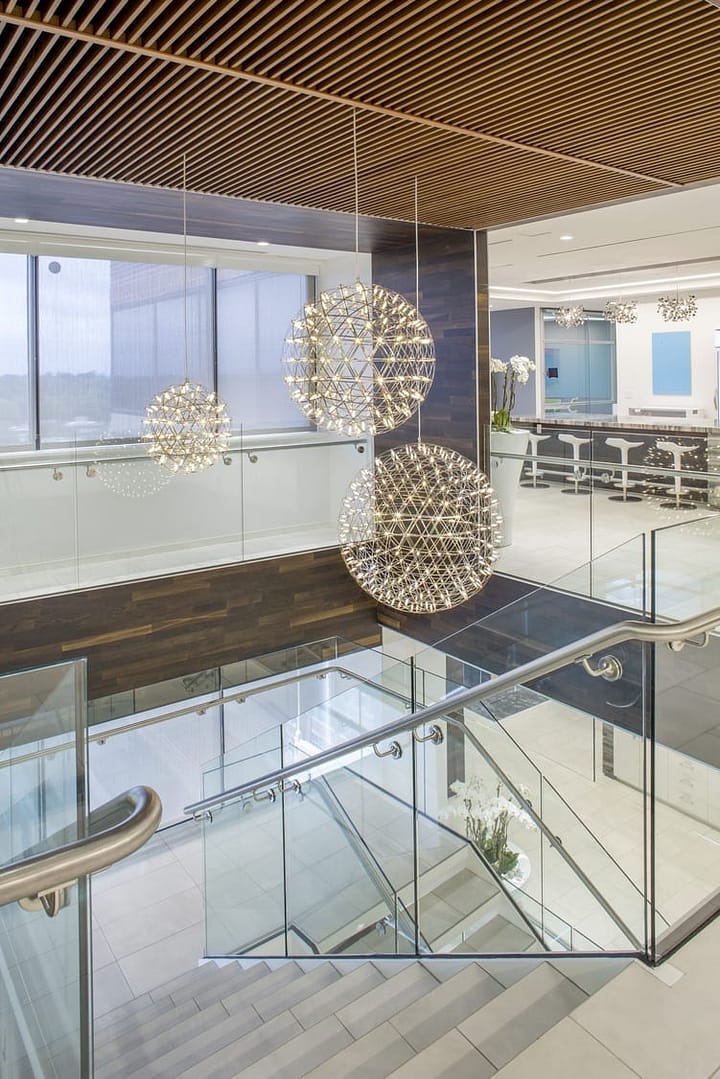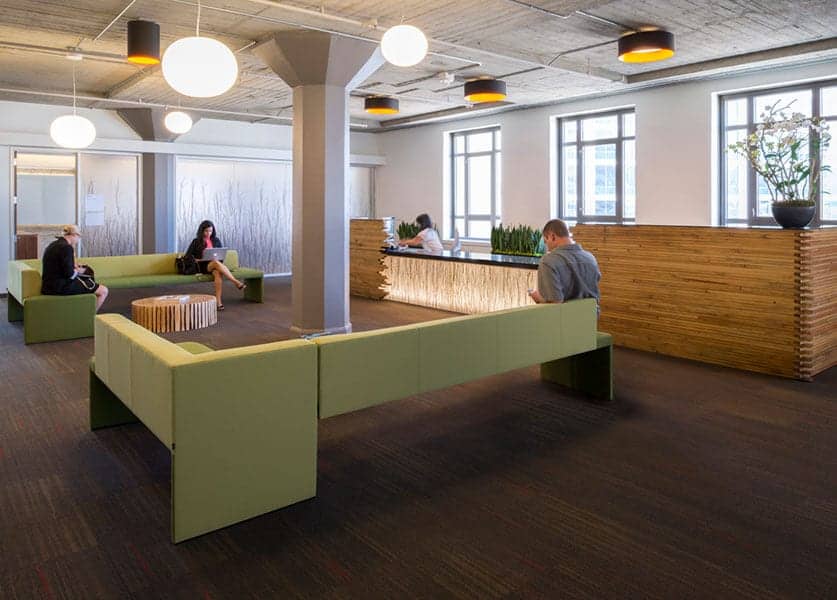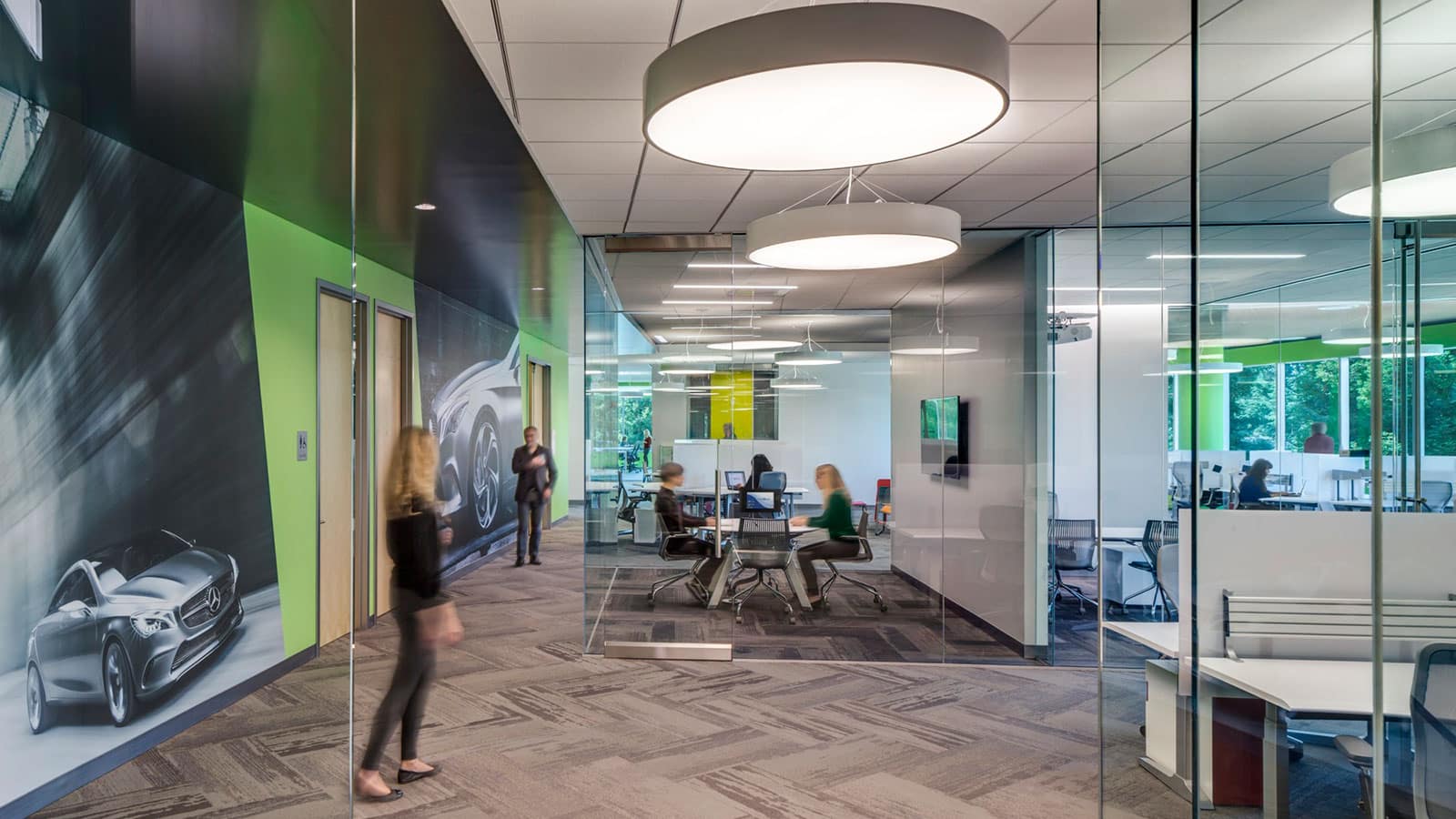Mary Lee Duff, LEED AP, IIDA | Director of Ecos Studio

At the recent mediaX 2017 Conference at Stanford University, titled Sense-Making & Making Sense, I was struck by the significant shift in navigating 21st century technologies and commerce. mediaX is a forum and incubator of ideas with a multi-disciplinary approach to exploring how “… understanding people can improve the design of technologies in the areas of learning, mobility, collaboration, entertainment and commerce.”
During his talk, entitled “The Game is Changing,” John Seely Brown, the independent co-chairman at Deloitte’s Center for the Edge and a visiting scholar at the University of Southern California, spoke about developing new lenses and mindsets to navigate a world of accelerating change. As an analogy on becoming more nimble and perceptive to modern-day changes, he recalled the advice his father once gave him—steer a future course like a steam ship, powering through whatever the world throws in front of you. In his younger years, Brown compared himself to a sailboat, testing and playing with the winds. Today, he notes, information travels much like whitewater rapids; the world must skillfully read the currents and navigate through unforeseen disturbances. He describes this condition as productive friction, where change derives from acceptance of being out of one’s comfort zone.
Today’s incessant rate of change and innovation in technology, business, and entertainment requires imagination and a sense of play that allows us to boldly jump from what is known into what is up-and-coming. By infusing imagination into our approach, we are able to disinter new ideas that uniquely connect less obvious facts and enable us to reform and re-frame tired ideas. Brown spoke of how our all-too-common reliance on data to connect diverse facts and figures lacks the creativity needed to manifest new concepts.
Brown’s talk amplifies IA’s integrated approach to workplace strategy and design filters. His topic and ideas made perfect sense. For design strategists, uncovering business and workplace challenges in the pursuit of developing an appropriate workplace is a data-driven but highly creative journey. The goal is to empower companies to develop the next big thing, and the workplace is a component of that process. Companies at the forefront of innovation benefit from an agile workspace that enables disruptive and creative processes.

Recently, a client stated that one of their workplace goals was to design for bisociation— a context-crossing association of individuals and work groups normally regarded as separate or unrelated. The term was coined and first explored by Arthur Koestler in his book The Act of Creation. Re-shuffling ideas that come from seemingly unrelated information can lead to creative discoveries that re-frame outcomes. In the past, we’ve worked with software engineers who candidly spoke of the importance in maintaining a playful mindset in order to excel at their jobs. Within this context, game rooms and other similar amenities associated with tech companies are re-defined as business assets that encourage a playful, creative mindset.

The idea of an adaptable and flexible workplace to navigate whitewater change is relevant to our clients, although a work environment is emblematic of its leadership’s perspective. Very hierarchical companies, for example, often find it difficult to implement responsive business and workplace shifts. Such companies are challenged by the status quo and struggle to keep pace in a progressive and competitive economy. But today’s environment dictates an openness to change and often a willingness to take a leap of faith. Good examples are the brick and mortar retailers that early on effectively adapted to e-commerce and have outpaced others who were slower to react. Those left behind are still sailing on steamships. Another case in point, the auto industry developed and subsequently abandoned the electric car in the early 1990’s, only to see a start-up like Tesla disrupt the industry with a high performance luxury electric car. As the experience of driving continues to change, numerous partnerships are forming between the auto industry and technology companies.

Many strategies in place today offer the workforce space to both focus and collaborate; to discover play and imagination through unexpected design solutions and experiential graphics; and to exercise individual preference in customizing both personal and shared settings. The freedom to push boundaries, disrupt order, and make connections between things that are not obvious is critical. As the future unfolds, along with the impact that humans will exert, our job as design strategists is to vigilantly interpret incoming data and trends in pursuit of new ideas and advances for the work environment. To that end, imagination is critical for sense-breaking and making sense.
